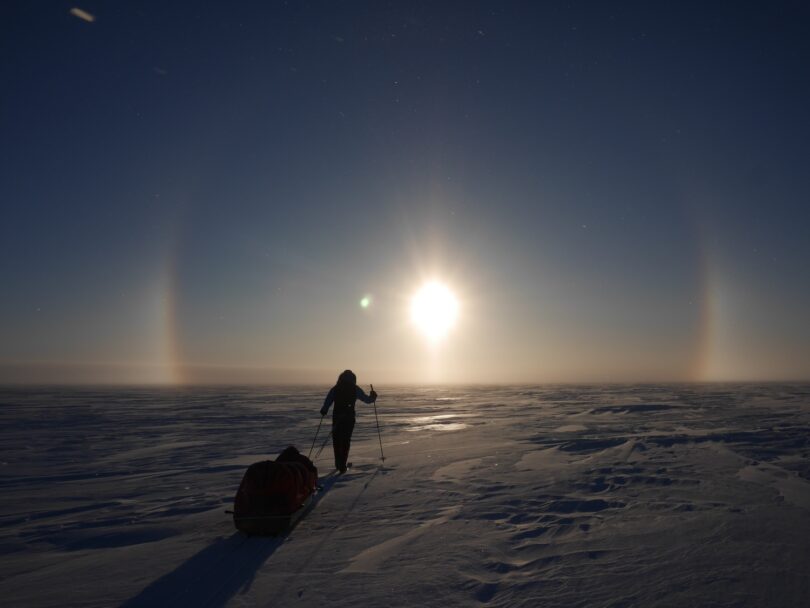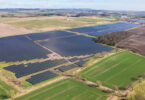Ben Saunders is a world leading polar explorer. A record-breaking long-distance skier and one of a small handful of people to ski solo to both the North and South poles.
He’s completed multiple expeditions to the polar regions, North and South poles, often pushing the limits of human capability in some of the world’s most extreme environments.
And now he’s an investor committed to funding planet-positive startups.
Ben will be sharing his story at Blue Earth Summit, joining a team of keynote speakers including green industrialist Dale Vince OBE and Dragon’s Den’s Deborah Meaden. Taking place in London between 16-18 October, the event will gather 5,000 innovators, startups, corporates, politicians, investors and campaigners in a mission led manifesto to fast forward planet health solutions.
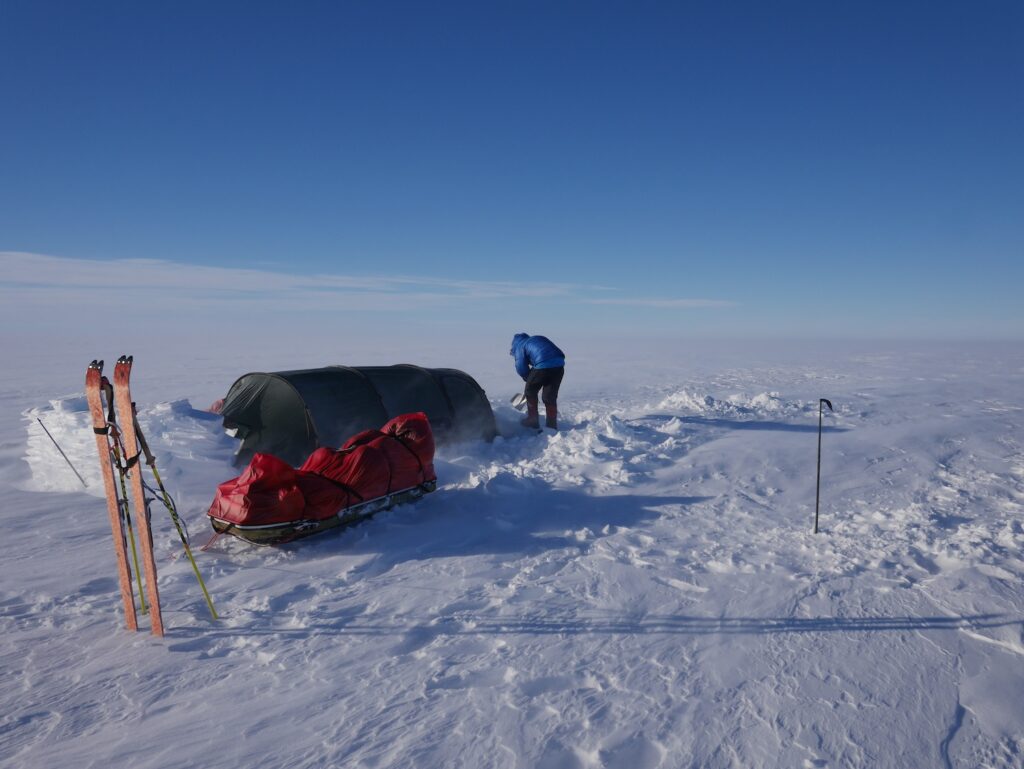
You have led a very interesting life. Could you tell us more about yourself and how you became dedicated to the environment?
Much of my childhood was in the rural south west UK, so I was lucky to spend a lot of time outdoors as a boy. I was 23 when I embarked on my first polar expedition. My inspiration for my first big expedition in 2001 was rooted mainly in emulating my boyhood heroes. The journey, with my teammate and mentor Pen Hadow, lasted 59 days. And mostly I was just utterly terrified.
How did your arctic expedition shape your views on the importance of tackling climate change?
By my 2nd and 3rd expedition, my motivation had changed. The impact of climate change on the Arctic ocean magnified over the course of my expeditions.
For the first time, I saw open water where previously there had been ice. By 2004, open water meant it was no longer possible to cross from the North Pole to Russia. I was the last to do so alone.
I was witnessing more than melting ice. I saw plastic rubbish in the Arctic Ocean’s pack ice. He recalls melting snow for drinking water in Antarctica “which should have been the purest water” and learning later that it almost certainly contained microplastics.
For a while, I was raising awareness around what I had seen. And that seemed good, but now I had to maximise my own personal impact. I also had to recognise my own expeditions had left a carbon footprint. Helping to accelerate innovation seemed the most rapid solution to the problems I was seeing.
How did you end up going from polar exploration into finance, two concepts that most people would not put together?
Finding connecting points between extreme adventures and the world of finance might appear challenging but I learned that I had more in common with financiers than he expected.
I discovered through fundraising that people who worked in finance and VCs were driven, ambitious and not afraid of risk. They worked hard. It was a world that had more crossover with me than disconnection.
You are transferring your ability to push boundaries in exploration to finding exciting new frontiers in climate technology. What are the similarities?
Planning and implementing an expedition is like running a business. Leading a team, driving operations, problem solving and being able to engage potential sponsors and raise funds are all essential attributes. Having the mental fortitude and physical capability is important but so is commercial strategy. My skills not only helped me fundraise my expeditions, but also identify like minded skills in startup founders too.
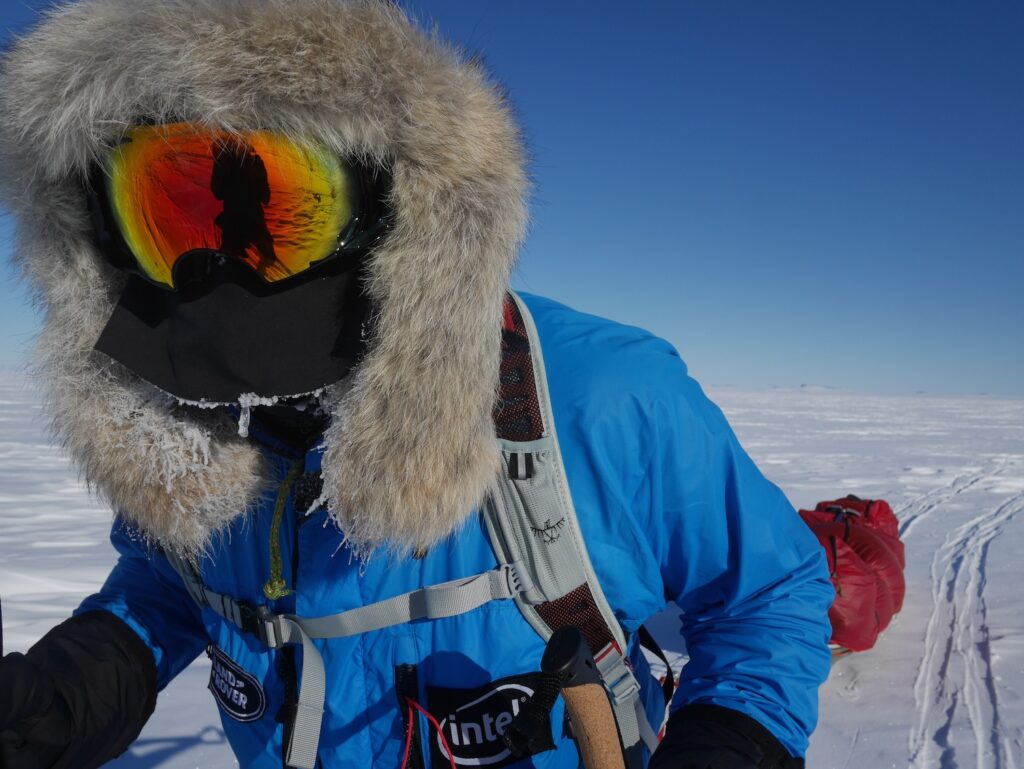
One of the biggest difficulties for climate tech startups is finding the finance for their great ideas and innovation. How does Kintanna help?
Personally, I have invested in 7 startups to date including Gentian – AI precision monitoring to optimise biodiversity and General Galactic who are developing renewal synthetic fuels.
I want to invest in a range of startups. I recognise that ‘software as a solution’ has been singularly popular with climate technology investors but I also know we’re not going to code ourselves out of the challenges we face.
When a startup comes to you with ideas, what makes you think they may have what it takes to succeed?
At the early startup stage, the numbers are purely forecasts so the only thing you can assess is the founding team. How strong is their purpose? How resilient? How motivated? How open to flexibility and learning. Recognising these skills is where I’m able to deploy my best work.
The climate technology landscape has proved volatile in recent times yet you are optimistic. How can the sector turn these difficulties into opportunities?
Interest in climate technology is definitely on the rise. 2023 saw UK’s climate tech startups raise all-time high levels of VC investment. And in 2023, climate tech made up 23% of Foreign Direct Investment (FDI) into London – twice the amount of 2022.
I’m optimistic about the future. With organisations like Blue Earth who are enabling 1,000s of climate tech innovators to connect with impact investors worth over £100 million, these are signs that things are changing for the better.
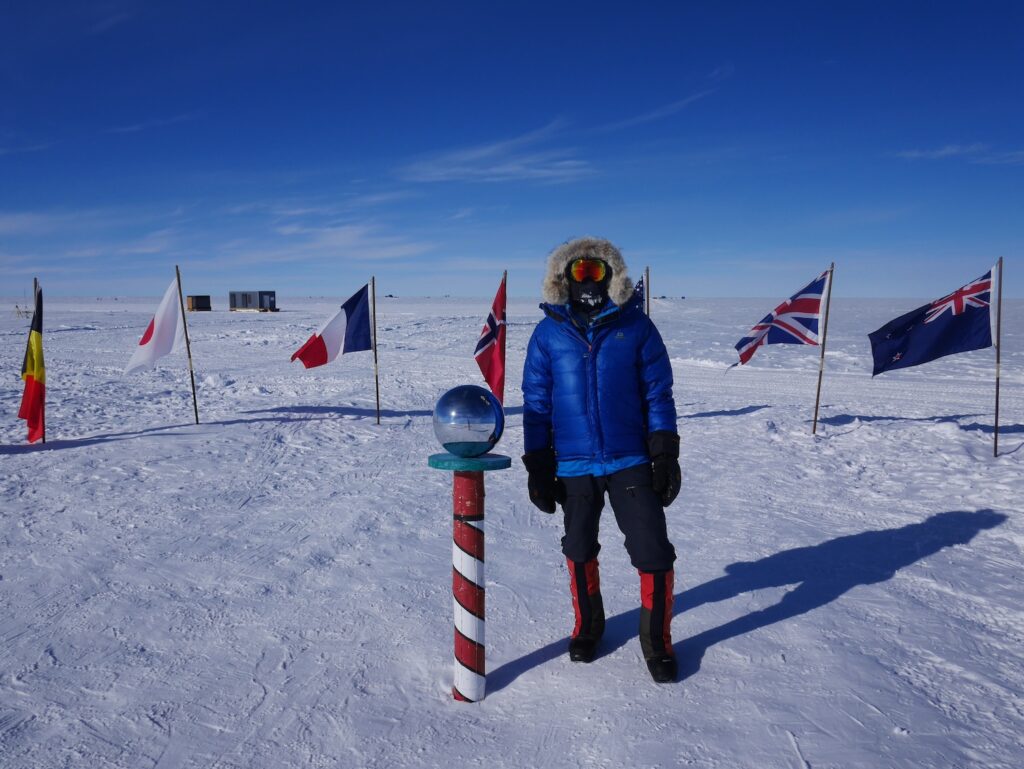
What are the biggest environmental challenges we still face and what technologies could provide the answers?
Creating a livable future entails tackling a systemic challenge, yet there’s a preoccupation in this space with decarbonisation alone. Greenhouse emissions are a crucial problem to solve, but if we get to Net Zero without addressing challenges like biodiversity loss, soil fertility and microplastics in the water cycle, then we’re still in serious trouble. There’s no single technology that stands out, as a systemic problem necessitates a systemic solution, but ultimately every industry needs to transition from an extractive model to a regenerative model.
For more information about Ben Saunders and other headline speakers at Blue Earth Summit, visit Blue Earth Summit.



